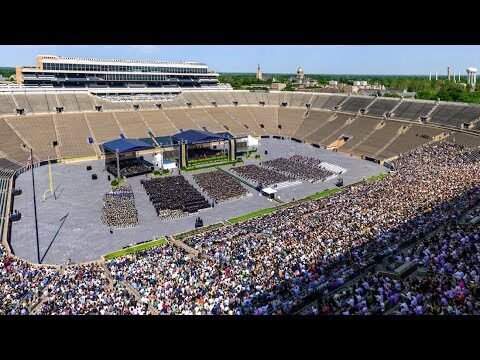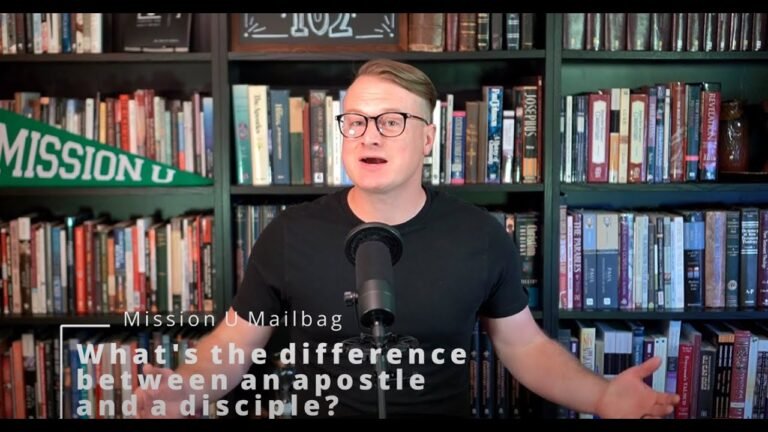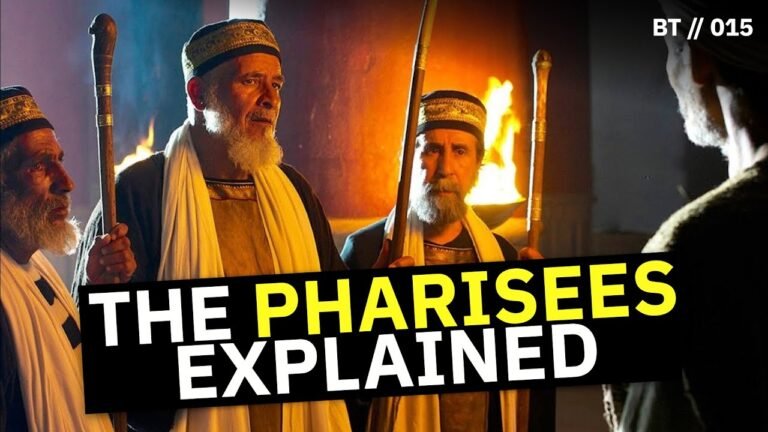Chronological Insights into the Old Testament
The Chronological Old Testament offers a fresh perspective on the timeless narratives of the Bible, presenting its stories in the order they occurred. This approach not only enhances understanding of historical context but also reveals the intricate connections between events and characters throughout the sacred text. By weaving together the threads of prophecy, law, and history, readers can gain deeper insights into the spiritual and moral lessons that continue to resonate today. Discover how this chronological arrangement transforms the way we engage with one of humanity’s most profound scriptures.
Is there a version of the Bible that is arranged chronologically?
A chronological reading of the Bible organizes its passages based on the timeline of historical events, allowing readers to experience the unfolding of biblical history in a coherent sequence. Beginning with the early chapters of Genesis, it guides you through the narratives of creation and the patriarchs, seamlessly transitioning through the laws, prophecies, and teachings, and culminating in the final chapters of Revelation.
This structured approach offers a unique perspective for those seeking to understand the relationships between different events and their significance within the broader biblical narrative. By following this plan, readers can gain insight into the development of key themes and the overarching story of faith, making the experience both enriching and enlightening.
What does chronology refer to in the context of the Bible?
The chronology of the Bible serves as a detailed framework that tracks the timeline of events from creation to approximately 164 BCE, coinciding with the re-dedication of the Second Temple. This intricate system relies on lifespans, generations, and various methods found in the Masoretic Hebrew Bible, the version most widely used today. By establishing a chronological order, it provides a historical context that enriches the understanding of biblical narratives and their significance throughout religious history.
What is the arrangement of the Old Testament?
The Old Testament is organized into four main sections: the Pentateuch, Historical Books, Wisdom Literature, and the Prophets. The Pentateuch, comprising the first five books, lays the foundational laws and narratives of the Israelite people. Following this, the Historical Books chronicle the history of Israel from conquest to exile. The Wisdom Literature offers profound reflections on life, morality, and the human condition, while the Prophets convey messages of warning, hope, and redemption, shaping the spiritual and ethical landscape of the nation. This structured arrangement not only enhances comprehension but also illustrates the progression of religious thought and historical context throughout the text.
Unraveling the Timeline of Ancient Scriptures
The timeline of ancient scriptures reveals a rich tapestry of human thought, culture, and spirituality. From the earliest cuneiform tablets of Mesopotamia, dating back to around 3000 BCE, to the sacred texts of the Vedic tradition in India, each scripture represents a unique intersection of history and belief. These writings not only served as religious guides but also as historical records, reflecting the values and struggles of the societies that produced them.
As civilizations flourished across the globe, so too did the diversity of their sacred texts. The emergence of the Hebrew Bible around the 10th century BCE marked a pivotal moment in religious literature, influencing both Judaism and Christianity. Meanwhile, the teachings of Buddha, documented in the Pali Canon around the 5th century BCE, offered a radically different perspective on existence and morality, resonating with millions across Asia. These scriptures illustrate how distinct cultural narratives shaped the human experience and continue to resonate through the ages.
In examining the timeline of these ancient writings, we uncover a profound legacy that transcends time and geography. The interplay between various texts, such as the Quran, compiled in the 7th century CE, and the philosophical musings of ancient Greek thinkers, showcases the ongoing dialogue between faith and reason. Ultimately, the study of ancient scriptures invites us to reflect on our own beliefs, encouraging a deeper understanding of the world’s spiritual heritage and the interconnectedness of humanity’s quest for meaning.
A Journey Through Biblical History
The narrative of biblical history unfolds like a rich tapestry, woven with threads of faith, struggle, and divine intervention. From the creation story in Genesis to the life and teachings of Jesus, each chapter reveals profound insights into the human condition and our relationship with the divine. This journey invites us to explore the lives of patriarchs, prophets, and kings, who faced trials and triumphs while remaining anchored in their faith.
As we navigate through the pages of the Old Testament, we witness the formation of a covenant community, marked by the exodus from Egypt and the giving of the law at Sinai. These events not only shaped the identity of the Israelites but also laid the groundwork for moral and ethical teachings that resonate through time. The Psalms and prophetic writings further enrich this narrative, offering a lens into the struggles and hopes of a people striving for redemption and justice.
Transitioning into the New Testament, the arrival of Jesus marks a pivotal moment in this journey. His teachings challenge societal norms and extend grace to all, emphasizing love, forgiveness, and the promise of eternal life. The accounts of his life, death, and resurrection inspire countless generations, encouraging believers to live with purpose and compassion. Through this exploration of biblical history, we find a timeless narrative that continues to inspire and guide us in our own spiritual journeys.
Discovering the Sequence of Sacred Stories
Throughout history, sacred stories have served as profound vessels of wisdom, weaving together the threads of culture, belief, and identity. Each narrative, rich with symbolism and moral lessons, invites us to explore the depths of human experience and our connection to the divine. By delving into these timeless tales, we can uncover the intricate sequences that shape our understanding of existence, guiding us through challenges and illuminating our paths. As we engage with these sacred stories, we not only honor the traditions of the past but also enrich our own lives with the insights they offer.
The chronological Old Testament offers a unique lens through which to view the biblical narrative, enriching our understanding of its historical context and spiritual significance. By organizing events in the order they occurred, readers can engage more deeply with the unfolding story of faith, struggle, and redemption. This approach not only illuminates the connections between key figures and events but also invites a profound reflection on the timeless lessons embedded within these ancient texts. Embracing this structured timeline can transform our relationship with scripture, making it more accessible and relevant to contemporary life.






